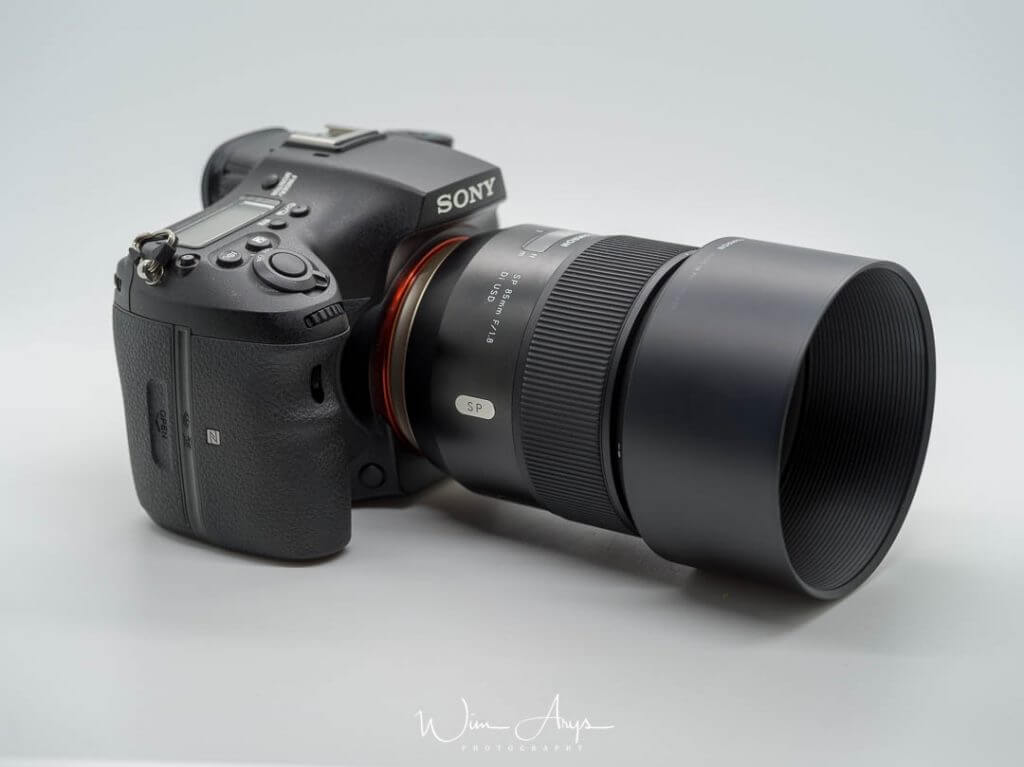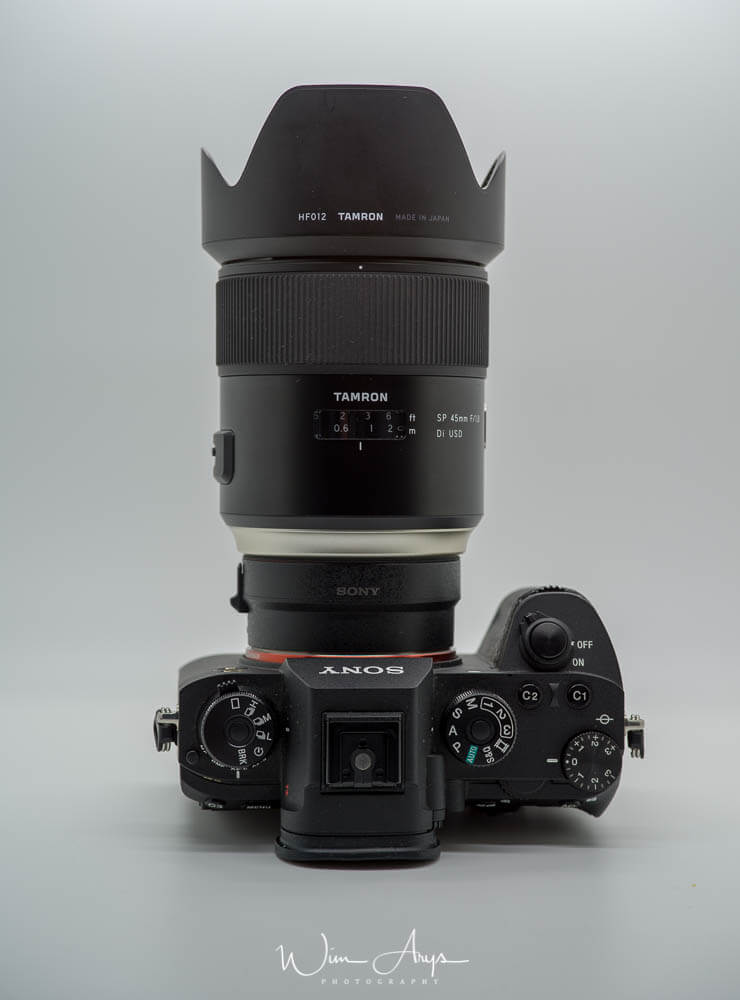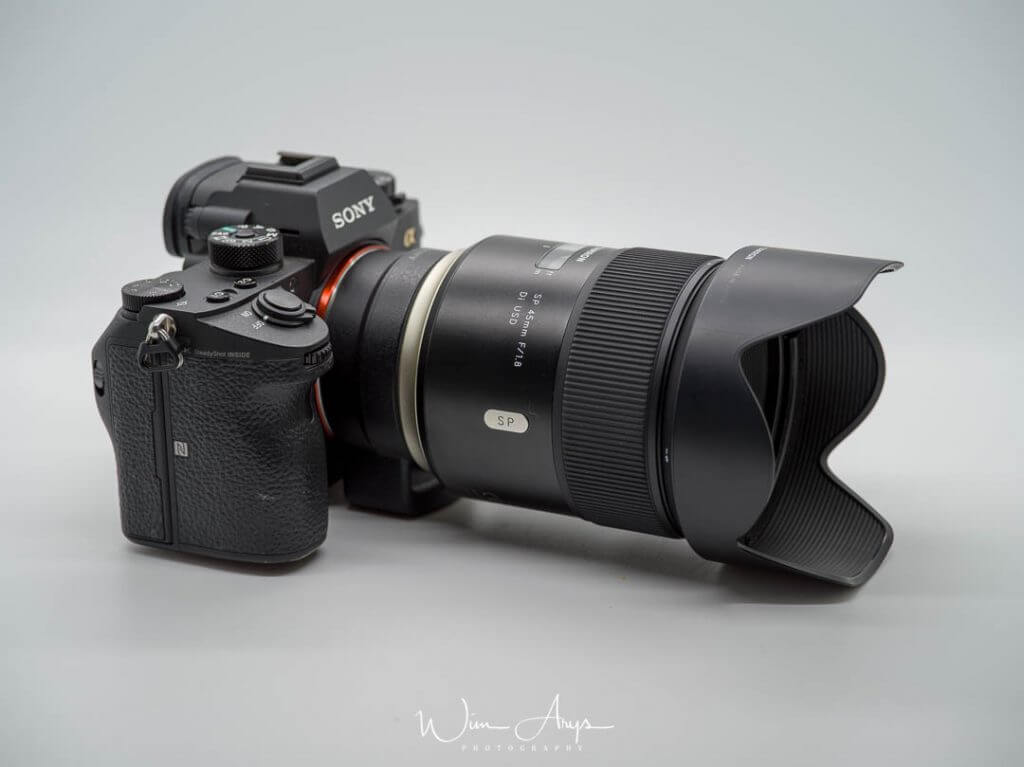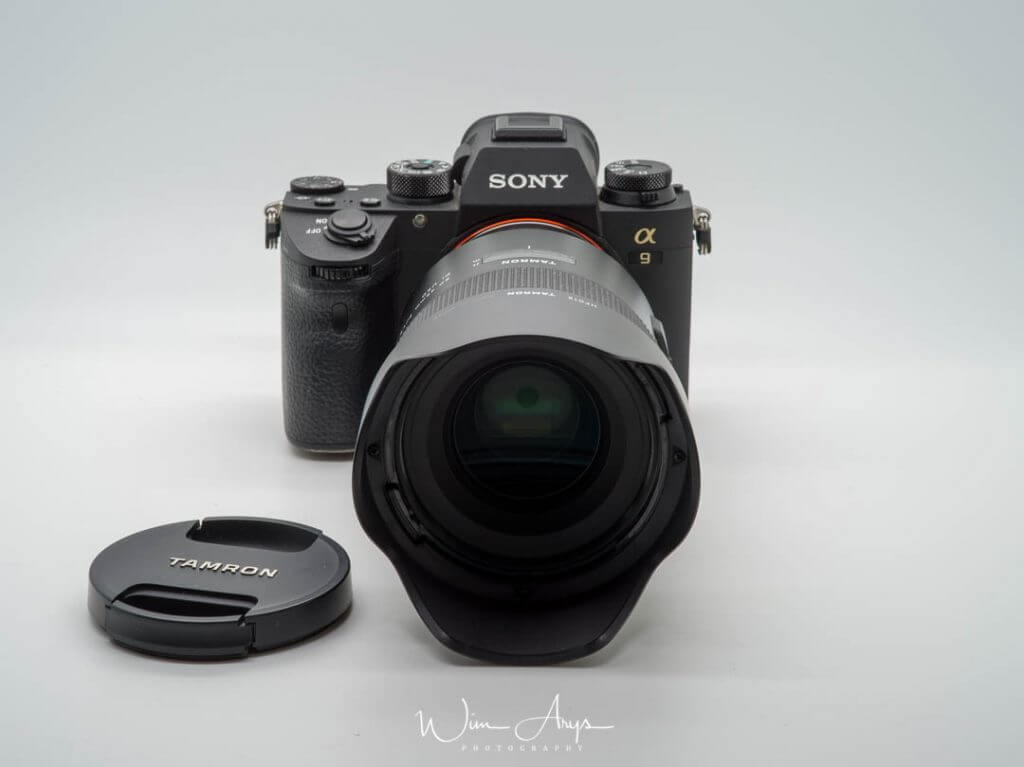What does mirrorless camera mean
What does mirrorless camera mean
Introduction
I’ve been writing about mirrorless cameras for 7 year now, ever since the release of the original Sony A7. Much has changed since then, and I often get asked what does mirrorless cameras mean in 2019? And what is all the fuss about? Lent’s start at the beginning and see where digital photography has evolved from.
Mirrored versus Mirrorless cameras
DSLR or mirrored cameras
Let’s first talk about the DSLR, the digital camera that most people know and recognise immediately. This abbreviation stands for digital single-lens reflex camera and basically uses a mirror system to transmit light (your image) too the optical viewfinder. This works exactly like a real life mirror (say a rearview mirror) which allows you to see the traffic behind you. Only when you press the shutter button, this mirror flips up and the digital sensor behind it can be exposed to the light.

This used to be the only way to accurately ‘see’ what you were photographing, as this is the exact same image that is captured by the sensor when the mirror flips up.
What does Mirrorless camera mean today?
As technology advanced over the years and digital cameras became mini computers, smart engineers figured that they did not need this mirror mechanism to be able to accurately see what image the sensor would record. Instead, why not feed the digital information of the sensor continuously (like when recording video) to a tiny little monitor (an EVF or electronic viewfinder)? This way cameras could be made smaller as well as at potentially lower cost.
Technical advancements in the field of sensor- and microprocessor development
The first couple of generations of mirrorless cameras could however not compete with an optical viewfinder because the resolution of the EVF was too low, and the processing power was just not up to this technically challenging task. The arrival of a new size sensor however, the micro-four-thirds sensor from 2008 onwards, turned out to be a good marriage between image quality whilst still keeping the data flow manageable for the micro processors of that time. Although not sufficient for professional use (except perhaps for those with large pockets who could afford the advanced Leica M8), many amateurs and later semi professionals started using these smaller and user-friendly cameras.
With every new generation came an upgrade in EVF resolution and refresh rate, as well as microprocessor power, allowing larger APS-C sensors to be used accumulating in Full Frame and even Medium Format cameras from 2008 onwards.

This is where the mirrorless cameras slowly started to be a real competitor for the professional DSLR.
Mirrored versus Mirrorless camera autofocus system
We’ve so for not talked about one of the most important aspects of the mirrored vs mirrorless debate: the difference in autofocus system. Although this used to be a big shortcoming of the mirrorless system, it’s now set to match and even improve on the DSLR autofocus system.
A DSLR works with a separate phase detection autofocus module. As you read earlier, the light entering the lens is reflected upwards to the optical viewfinder. The mirror however is specially treated to let a small amount of light can pass through this mirror and is again reflected to this autofocus module.
Phase detection is achieved by dividing the incoming light into pairs of images and comparing them. If an image in out of focus then the two images will not line up, and based on how far off they are the camera knows which way to focus the lens to achieve that perfect sharp focus. (In reality it’s more complex, but you get the idea of this system). The only problem here is that even though the calculation of when your image is in focus might be right according to this autofocus module, it might be slightly different when it’s recorded on the digital sensor.

This type of autofocus method was inherited from the late film days, but the arrival of the digital sensor gave way to a second autofocus method. This method involves measuring the contrast difference between pixels on the sensor, which naturally increases with perfect focus. It’s called contrast detection autofocus and is the system you’ll mostly see in early mirrorless cameras. The advantage is that it’s a fast and continuous autofocus system in good light, but in scenes with a lack of contrast and low light, it’s very unreliable.
Mirrorless on-sensor phase detection
In order to bypass the shortcomings of the early generation contrast detection autofocus systems, engineers developed ways of machining phase detecting pixels into a digital sensor. Even a 16 megapixel sensor has 16 million light sensitive diodes pixels on the surface, so exchanging a couple of hundred of these light sensitive diodes by a different type of phase detecting diodes does not really harm the image quality. The combination of both phase and contrast detection gives us the most advanced autofocus system yet, and this is what is found in the high-end mirrorless bodies from Canon, Nikon and Sony today.

It’s of course also possible to use these sensors inside a DSLR body, something that is also still done today. Combining on sensor contrast detection with a separate phase detection module also works brilliantly and perhaps even more accurately. In this case, the reason why some photographers prefer to stick with a DSLR is because they prefer an Optical viewfinder to an EVF.
Disadvantages of the mirrorless camera
We’ve come a long way in the last ten years and top-of-the-line mirrorless cameras are now every bit as good as a DSLR when it comes to autofocus capabilities and viewfinder. Even though an older photographer might prefer an Optical viewfinder over an Electronic viewfinder, I see few younger people who started their careers using an EVF not liking the latest generation.
There are however two main disadvantages of using a mirrorless camera. The first is heat. Because the sensor is always on when the camera is in use, these bodies can get hot, especially during processes like shooting video or when using your camera in intense heat. The second one is battery life. Exactly due to this sensor always on necessity, you need more power than when using a DSLR that does not rely on the constant sensor feed for autofocus or seeing something through the viewfinder.
In both cases however, big advances have also been made in the last few years, especially by Sony. I’ve actually never had a mirrorless camera body shut down on me due to overheating, and the latest batteries last me through most of a full day shooting.
Advantages of mirrorless cameras
There are luckily a couple of advantages too. This first one is debatable, but due to the lack of the separate autofocus system and complex mirror system, these mirrorless bodies can be made smaller than a DSLR. This might or might not suit you of course.
Secondly, due to the more complex dual contrast/phase detection on-sensor autofocus systems, as well as the ‘always on’ digital sensor policy, new autofocus methods and tricks are being developed. The most advantageous that comes to mind is Sony’s Eye AF which is a true revelation for portrait photographers wanting to shoot at large apertures for a shallow depth-of-field. The tracking capabilities of their flagship A9 is also amazing and a continuation of their 4D focus system.
Thirdly, the fact that without the mirror box, the distance between the sensor and the lens can be made shorter. This leads to new lens designs specifically for mirrorless sensors (instead of still using lens designed in the last century for film) and it also allows you to use almost any lens ever designed for a DSLR using an adapter.
Conclusion
If you ever wondered what does mirrorless camera mean, I’ve given you a brief overview of the differences between a mirrored and mirrorless camera as well as what the advantages and disadvantages of the mirrorless camera system are. On the one hand, there are still photographers who prefer an optical viewfinder to the mirrorless electronic version, but on the other hand, the on-sensor phase and contrast detection system of the latest mirrorless cameras could give you an advantage in this regard.
Whatever your interest and focus are, it’s important to realise that a good photographer can make great images with almost any camera, regardless of technological innovation and new trends.


